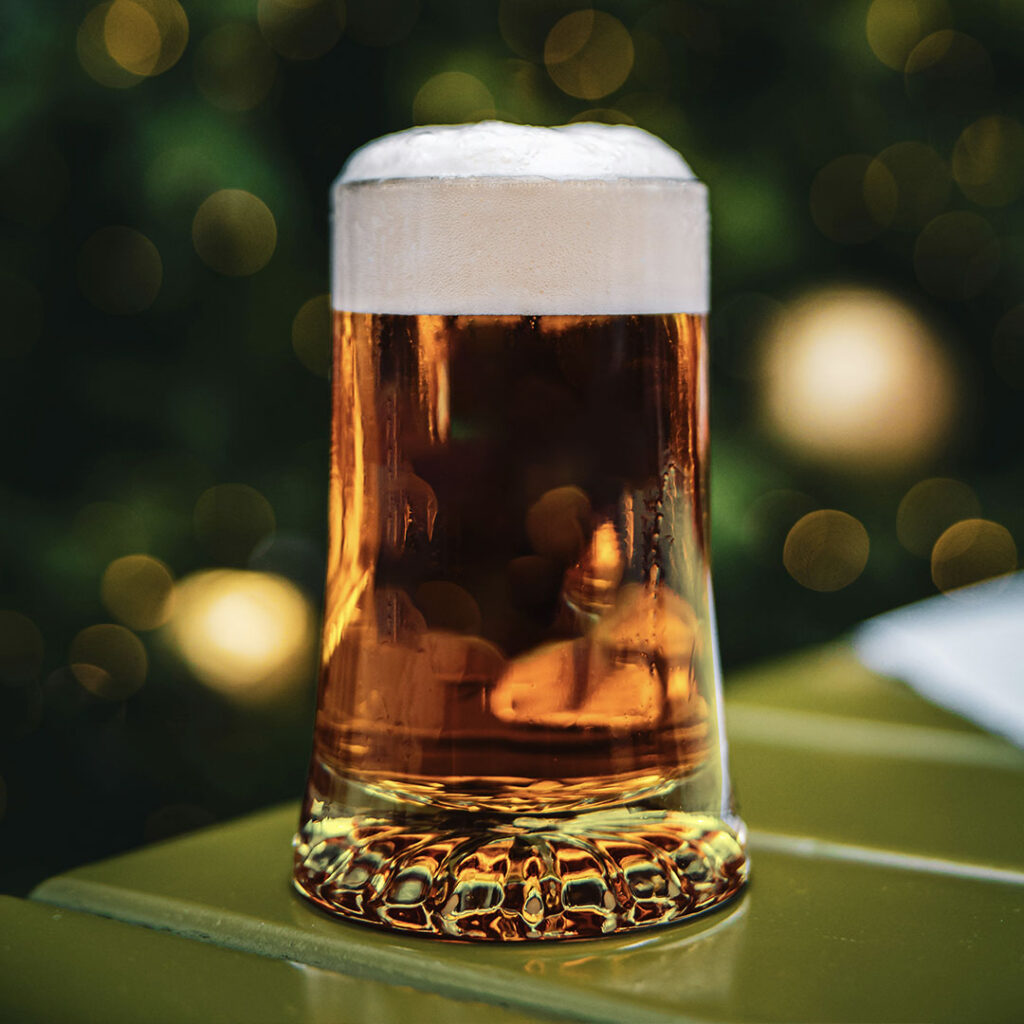Christmas beer… The name alone reminds one of warming, herbal flavours. Yet Christmas beer is far from a defined style. The recipes are simply too diverse. And there is a reason for that!

The spirit of Christmas Past
At the end of the nineteenth century, Christmas beer did not exist. At that time – believe it or not – Belgian beer was not as popular as it is today. In fact, Belgium imported a significant amount of beer. One of the most beloved styles was Scotch Ale. During the winter season, breweries simply relabelled these ales with festive Christmas-themed labels, and a “new” drink was born.
Soon, local breweries jumped on the bandwagon, presenting their own variations. While some Belgian brewers stayed true to the English tradition, no official definition was ever established. That is why a Christmas beer could just as easily be a lighter Tripel.
In Scandinavia, the tradition goes back even further. As early as the tenth century, people celebrated their winter solstice, known as Jul, with a strong beer-like beverage of the same name. As the Norsemen travelled the world, they carried their customs with them, influencing brewing traditions in England and many other countries.
The spirit of Christmas Present
Most agree that a this beer style should be a strong, dark beer with seasonal spices. Typically, this means a Strong Dark Ale or a Scotch Ale flavoured with cinnamon, nutmeg, or clove. In recent years, brewers have also started incorporating pine needles, adding a festive twist to the traditional recipe.
Recently, Stouts and Porters have also claimed their place in the Christmas beer tradition. These heavy but often sweet styles suit the cosy atmosphere of winter and pair wonderfully with warming spices. Some even complement Christmas cookies, as seen in Pastry Stouts.
The spirit of Christmas Yet to Come
As mentioned earlier, there is no strict definition. In recent years, brewers have experimented with Christmas IPAs, Wits, and Sours – styles more commonly associated with summer days.
And what about Glühbeer? Inspired by the popular German Glühwein, this beverage is heated before consumption, completely transforming the beer-drinking experience. Though primarily a novelty, it highlights how Christmas beer is, above all, a powerful marketing tool.
24 Days of Christmas beer
A more recent trend is the Beer Advent Calendar, a craft beer twist on a festive tradition once reserved for children. This large box contains 24 hidden beers, each concealed behind a small door. From 1st December to Christmas Eve, beer lovers can discover – and enjoy – a different beer each day. What better way to celebrate the festive season?
Wishing you a season filled with flavourful brews and festive cheer. Have yourself a malty Christmas!
Team The Swaen


